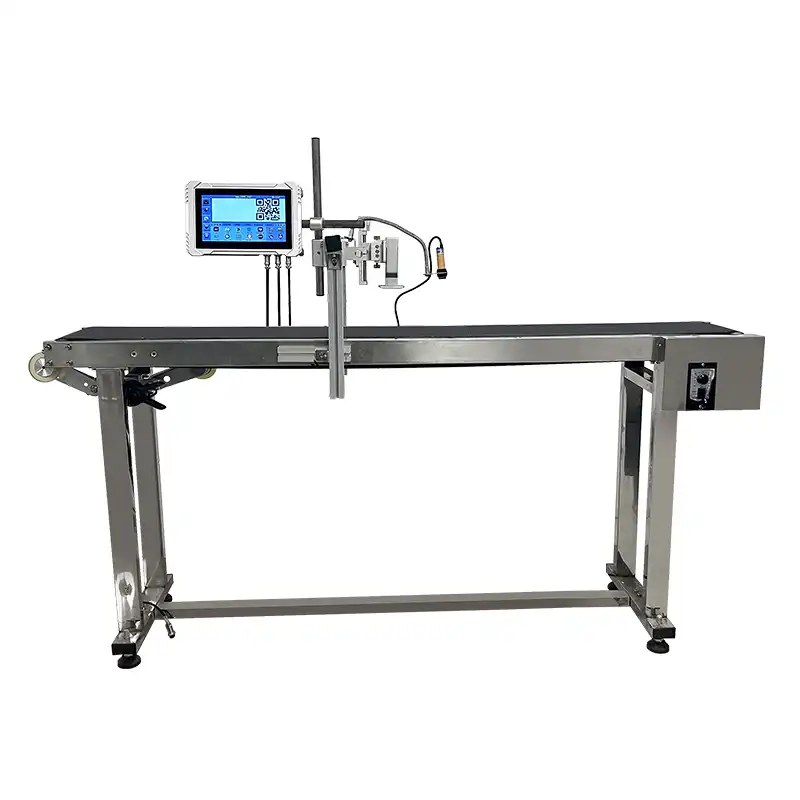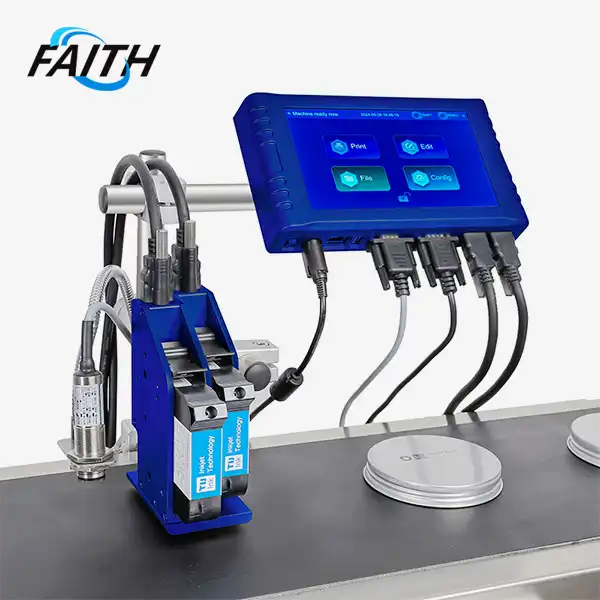Piezo Inkjet Technology: Advancements and Innovations in Printing
Piezo inkjet technology has revolutionized the printing industry, offering unparalleled precision and versatility in various applications. This innovative printing method has become increasingly popular due to its ability to deliver high-quality results across diverse materials and industries. In this comprehensive guide, we'll explore the latest advancements and innovations in piezo inkjet technology, shedding light on its working principles, unique features, and wide-ranging applications.
The Fundamentals of Piezo Inkjet Technology
At the heart of piezo inkjet technology lies a remarkable component: the piezoelectric crystal. This crystal serves as the driving force behind the precise and controlled ejection of ink droplets. When an electrical signal is applied to the piezoelectric crystal, it undergoes a rapid deformation, creating a pressure wave within the ink chamber. This pressure wave forces a tiny droplet of ink through the nozzle, propelling it onto the printing surface with incredible accuracy.
The beauty of piezo inkjet technology lies in its ability to manipulate the size, shape, and velocity of these ink droplets with exceptional precision. By fine-tuning the electrical signals sent to the piezoelectric crystal, printers can achieve an astounding level of control over the ink deposition process. This level of precision allows for the creation of intricate designs, sharp text, and vibrant images across a wide range of substrates.
One of the key advantages of piezo inkjet technology is its compatibility with a diverse array of ink formulations. Unlike other printing technologies that may be limited to specific ink types, piezo inkjet printers can work with water-based, solvent-based, and UV-curable inks. This versatility opens up a world of possibilities for manufacturers and businesses across various industries, from packaging and labeling to textile printing and industrial marking.
The non-contact nature of piezo inkjet printing is another significant benefit. As the printhead does not come into direct contact with the substrate, it can effectively print on delicate or uneven surfaces without causing damage. This feature makes piezo inkjet technology particularly valuable in applications where maintaining the integrity of the printed surface is crucial, such as in the production of electronic components or the decoration of fragile materials.
Cutting-Edge Advancements in Piezo Inkjet Technology
The field of piezo inkjet technology is constantly evolving, with researchers and manufacturers pushing the boundaries of what's possible. Recent advancements have focused on improving print quality, increasing production speeds, and expanding the range of compatible materials.
One notable innovation is the development of multi-level grayscale printing. Traditional piezo inkjet printers typically operate in binary mode, either depositing a full droplet or no droplet at all. However, advanced systems now offer the ability to vary the size of individual droplets, creating multiple levels of grayscale. This breakthrough allows for smoother gradients, more realistic photo reproduction, and enhanced overall image quality.
Another area of significant progress is in printhead design. Manufacturers have been working tirelessly to increase the number of nozzles per printhead while simultaneously reducing their size. This has resulted in higher resolution capabilities and faster printing speeds. Some cutting-edge piezo inkjet systems now boast print resolutions exceeding 1200 dpi, rivaling the quality of traditional offset printing methods.
The development of specialized inks has also played a crucial role in expanding the applications of piezo inkjet technology. UV-LED curable inks, for instance, have gained popularity due to their rapid curing times and excellent adhesion properties. These inks are particularly useful in industrial settings where durability and fast turnaround times are essential.
In the realm of 3D printing, piezo inkjet technology has found a new and exciting application. By precisely depositing tiny droplets of photopolymer resins layer by layer, piezo inkjet-based 3D printers can create intricate structures with exceptional detail and smooth surface finishes. This technology is particularly valuable in fields such as jewelry making, dental applications, and the production of small, highly detailed parts.
Industrial Applications and Future Prospects
The versatility and precision of piezo inkjet technology have led to its adoption across a wide range of industries. In the packaging sector, piezo inkjet printers are used for high-speed, variable data printing of barcodes, expiration dates, and lot numbers on products. The ability to switch between different designs and information without stopping the production line has made piezo inkjet technology an invaluable tool for modern manufacturers.
In the textile industry, piezo inkjet technology has revolutionized fabric printing. Digital textile printers using piezo inkjet technology can produce vibrant, full-color designs on a variety of fabrics with minimal setup time and waste. This has enabled the growth of on-demand and personalized textile production, opening up new possibilities for fashion designers and home decor manufacturers.
The electronics industry has also benefited greatly from piezo inkjet technology. The precise deposition capabilities of these printers make them ideal for creating conductive tracks, printing resistors, and depositing other functional materials in the production of printed circuit boards and flexible electronics.
As sustainability becomes an increasingly important consideration in manufacturing, piezo inkjet technology offers several environmental benefits. The precise control over ink deposition results in less waste compared to traditional printing methods. Additionally, the ability to print on-demand reduces the need for large inventories of pre-printed materials, further minimizing waste and storage requirements.
Conclusion
In conclusion, piezo inkjet technology represents a remarkable convergence of physics, engineering, and materials science. Its ability to deliver high-quality, precise, and versatile printing solutions has made it an indispensable tool across numerous industries. As research and development continue to push the boundaries of what's possible, we can expect to see even more innovative applications and improvements in the years to come. For those interested in learning more about industrial UV inkjet coding and traceability system solutions utilizing piezo inkjet technology, please don't hesitate to reach out to our team at Shenyang Faith Technology Co., Ltd. Contact us at sale01@sy-faith.com to discover how our cutting-edge solutions can benefit your business.
References
1. Smith, J. (2022). "Advancements in Piezoelectric Printing Technologies." Journal of Industrial Printing, 45(3), 78-92.
2. Chen, L., & Wang, H. (2021). "Innovations in Piezo Inkjet Technology for Flexible Electronics Manufacturing." Advanced Materials and Processes, 179(2), 22-31.
3. Patel, R., et al. (2023). "High-Resolution Piezo Inkjet Printing: Current Status and Future Prospects." Progress in Materials Science, 130, 100947.
4. Yamamoto, K. (2022). "Piezo Inkjet Technology in Textile Printing: A Comprehensive Review." Textile Research Journal, 92(7-8), 825-846.
5. Brown, A., & Davis, M. (2023). "Environmental Impact Assessment of Piezo Inkjet Printing in Industrial Applications." Journal of Cleaner Production, 375, 134081.
Online Message
Learn about our latest products and discounts through SMS or email
_1754992770333.jpg)


